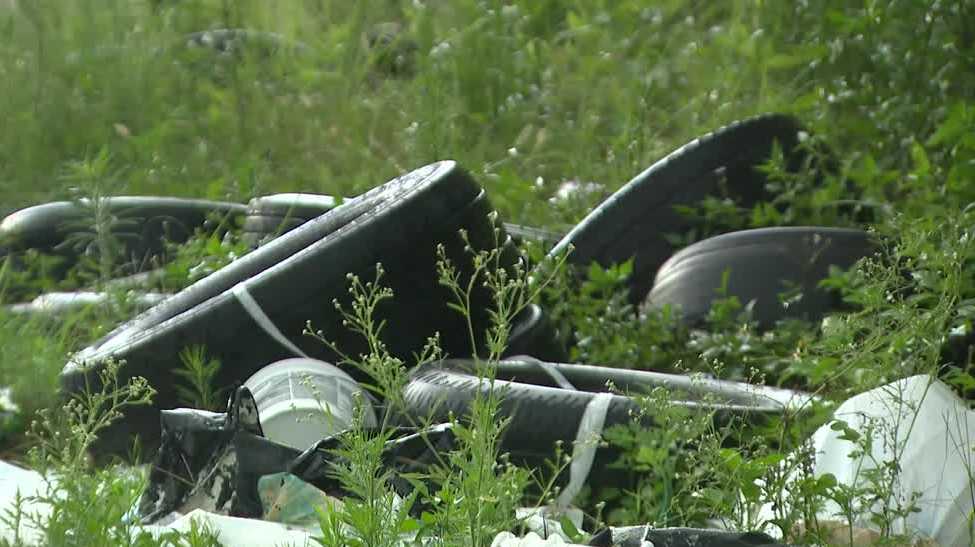Tech to the Rescue: Cities Fight Illegal Dumping with Innovative Tracking Tools

Illegal dumping is a persistent problem plaguing communities across the nation, transforming neighborhoods into unsightly dumping grounds and sparking outrage among residents. Beyond the aesthetic blight, these illegal acts pose significant environmental hazards, contaminating soil and water sources. Thankfully, a renewed effort is underway, leveraging cutting-edge technology to identify and prosecute those responsible for this damaging behavior.
Local and state agencies are intensifying their enforcement efforts, recognizing the need for a more proactive and effective approach. The traditional methods of patrolling and responding to complaints have proven insufficient in deterring illegal dumping, prompting a shift towards utilizing innovative tracking technologies. These tools offer a promising solution to pinpoint the culprits and hold them accountable.
How the New Technology Works
The new technology being deployed includes a range of sophisticated solutions:
- GPS Tracking Devices: Small, discreet GPS trackers are being placed in areas prone to illegal dumping. When waste is deposited, the tracker records the location, providing valuable data for investigators.
- Drone Surveillance: Drones equipped with high-resolution cameras are being used to monitor remote areas and identify dumping hotspots. Drone footage can capture images and videos of vehicles and individuals involved in the act.
- AI-Powered Image Recognition: Sophisticated software analyzes images and videos from drones and surveillance cameras, identifying patterns and characteristics of dumping activities. This can help predict future dumping locations and identify potential offenders.
- Chemical Tracing: In some cases, unique chemical markers are added to waste materials. When dumped material is analyzed, the markers can be traced back to their origin, providing a direct link to the source.
Impact and Benefits
The implementation of these technologies is already yielding positive results. Increased surveillance and the threat of being tracked have served as a deterrent, leading to a decrease in illegal dumping incidents in some areas. Furthermore, the ability to quickly identify and prosecute offenders is sending a strong message that illegal dumping will not be tolerated.
Beyond the immediate impact on reducing litter, this technology provides several long-term benefits:
- Improved Environmental Protection: Reducing illegal dumping minimizes the contamination of soil and water.
- Enhanced Community Safety: Removing dumping grounds reduces the risk of fire hazards and attracts fewer pests.
- Cost Savings: Preventing illegal dumping reduces the costs associated with cleanup and remediation.
Looking Ahead
As technology continues to evolve, we can expect even more innovative solutions to combat illegal dumping. The integration of data analytics and predictive modeling will enable agencies to proactively identify and address potential dumping hotspots before they occur. Collaboration between state and local agencies, along with community involvement, will be crucial to ensuring the long-term success of these efforts. The fight against illegal dumping is a shared responsibility, and by embracing new technologies, we can create cleaner, safer, and more vibrant communities for all.






